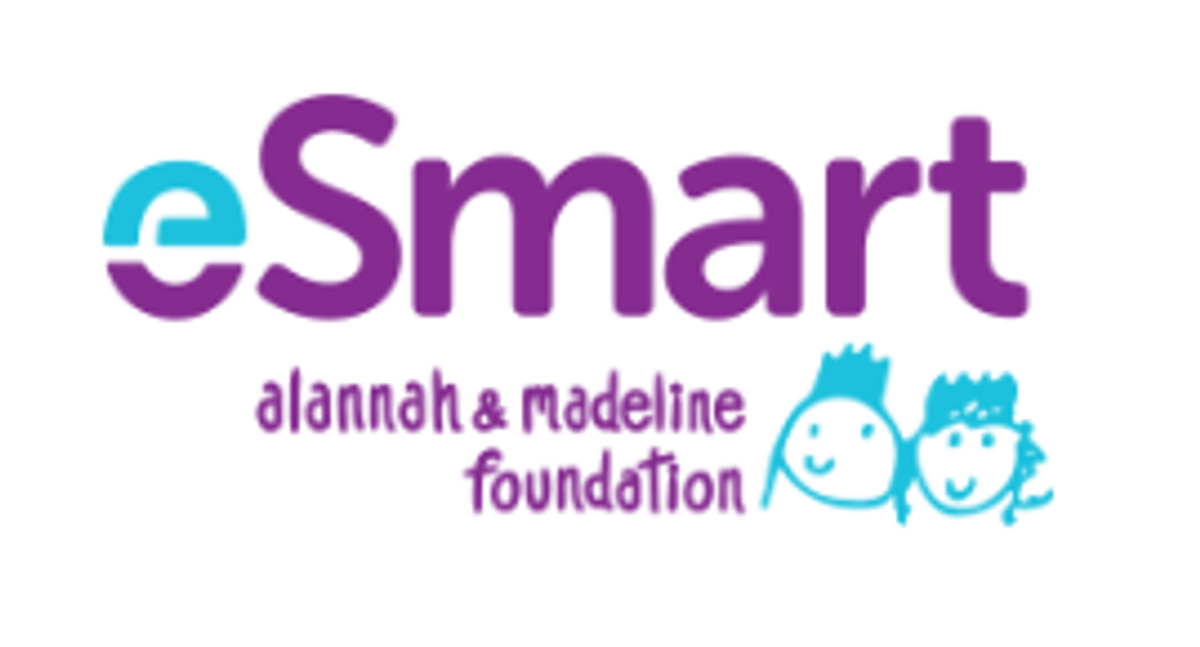eSmart

Further to what Christy has written in the welcome message, please take the time to have a quick 5 minute read of the following article.
One of the most common concerns parents and carers have about their children’s use of digital technology is how to deal with inappropriate or harmful content online.
Before tablets, smartphones and other connected devices became part of daily life, it was much harder for children to stumble across content that wasn't intended for them.
Adult content — whether in films, books or magazines — was usually kept out of reach and generally required ID to rent or buy. Parents and carers were the first line of defence, supported by other gatekeepers in the community like video store staff and cinema employees.
Today, things aren’t so simple. The internet is overflowing with content that is highly sexual, violent or otherwise unsuitable for children. Much of this content carries no age classification at all, and few platforms offer reliable age-verification systems.
When we surveyed parents of children between 0 and 16 years of age, we found that exposure to inappropriate online content was their number-one concern.
In this article, we’ll explore what kinds of content children might encounter online, help you understand the risks young people face, and what steps you can take to help keep them safe from potential harm.
What kinds of inappropriate content exist online?
Inappropriate or harmful content is any material that a child may not be developmentally ready to deal with, and which may cause distress or harm.
When we think of this kind of content, our minds often go straight to pornography and violence – and with good reason. These are some of the most easily accessible forms of harmful content online.
However, there are many other kinds of content that are harmful or distressing. Children and young people may also be exposed to:
- websites and social media accounts sharing “news” and “facts” that are misleading or false
- content that contains demeaning or abusive views of women, ethnic minorities, or LGBTQI+ people
online advertising promoting unrealistic and unhealthy body types
All these things can lead to confusion, fear, anger, and even to distorted views of themselves, others and the world around them.
Where children are most likely to see harmful content online
While adult websites and social media platforms are obvious spaces where children can encounter harmful content, many other platforms designed for general audiences also pose risks.
Gaming platforms and video streaming channels like YouTube feature content aimed at a mix of age groups – and it’s easy for children to come into contact with media intended for an adult audience.
A co-design session we conducted with younger primary-school students found that:
- 78% of those in Foundation had watched a YouTube video before
- 88% of Foundation students had played online games, and that grew to include ALL students by Year 3
What parents and carers can do to help children view content safely
It’s true that digital technology presents new and complex challenges for parents and carers. And while it’s likely your child will encounter inappropriate content at some point, it’s also important to remember that individual instances aren’t usually damaging in the long term.
There’s a lot you can do to reduce the risks and minimise the impact.
Key takeaways
1. Talk to your child about harmful content
As with all aspects of online safety, the best thing you can do is to talk to your children about it. Explain to them what they might encounter online. Ask them what they see and do and how it makes them feel.
Start having these conversations early and continue as your children grow and become more independent. You can find an in-depth guide on how to have these conversations here.
2. Use parental controls
Parental controls and internet filters limit what your children can access. Some are built into your device and can be activated and adjusted through settings. Other controls need to be downloaded – both free and paid versions exist.
These can give you a lot more control over harmful content, but they aren’t perfect. Some content may still get through, and children can also learn to disable or bypass them.
3. Supervision is key
You wouldn’t leave a young child to navigate a city by themselves – the same principle applies to the internet. Any time your child is using a connected device, a trusted adult should be present.
Empower your village
We know it takes a village to raise a child. Your village could include grandparents, aunts and uncles, family friends, babysitters or cousins - and it's great to share this information with them. Download and share the PDF article below.
_________________________________________________________________________
SchoolTV
Because parenting doesn’t come with instructions, SchoolTV is a wellbeing resource that can support you in the challenges relating to modern-day parenting.
This award-winning resource helps build relationships, foster connections, enable understanding and break down barriers to navigate a pathway towards better mental health and wellbeing for young people. It can assist in starting conversations on topics that are sometimes awkward or difficult to tackle.
St Laurence O'Toole Primary School subscribes to SchoolTV and anybody can access their invaluable resources via our website at www.stlleongatha.catholic.edu.au
_____________________________________________________________________________

